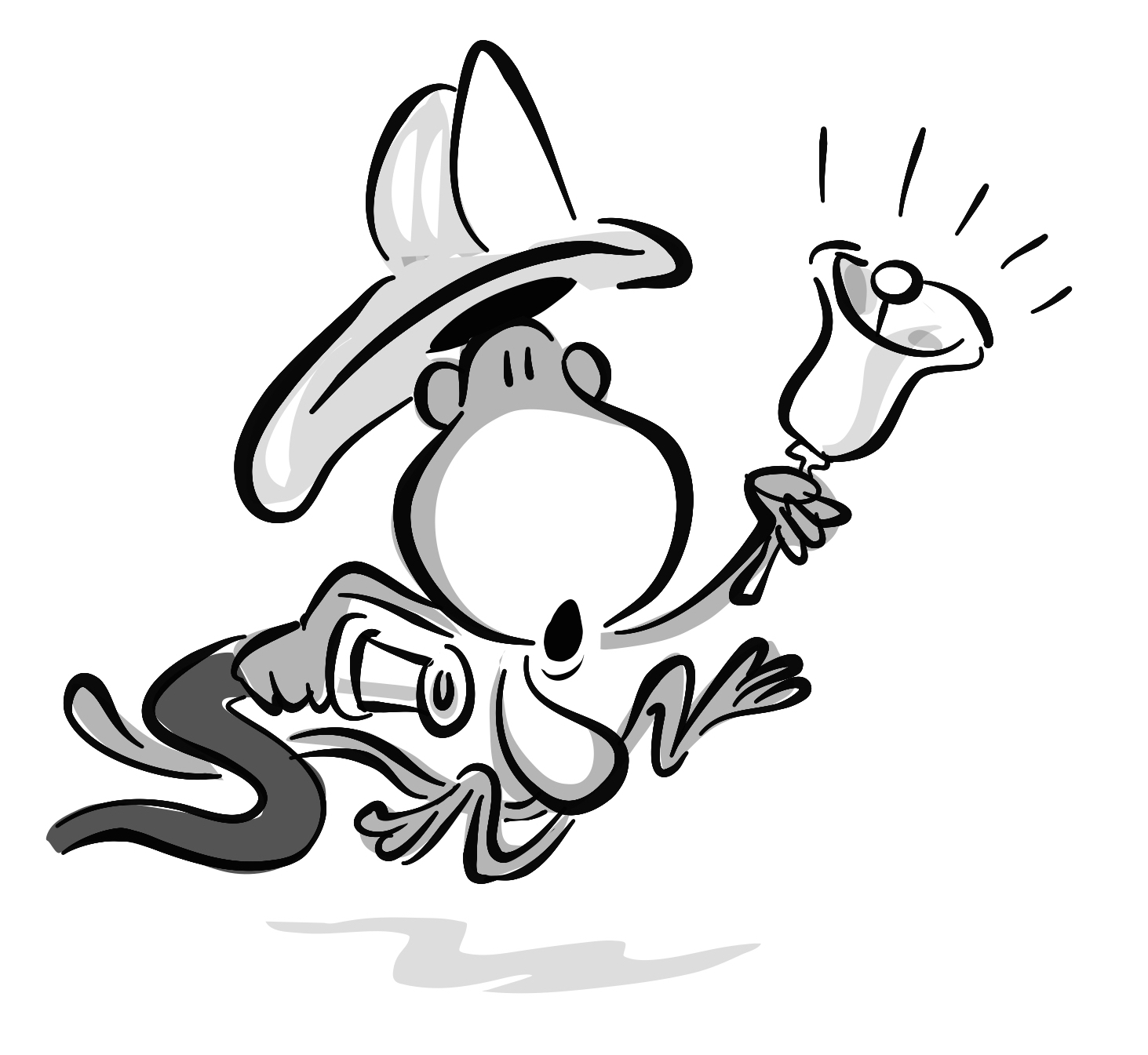By Jennifer Shannon, LMFT
 For teens to buy into anxiety treatment, they need to understand how anxiety works and how to tell the difference between real and false alarms. One of the most effective ways I have found to do this, with clients of all ages, is with the following story.
For teens to buy into anxiety treatment, they need to understand how anxiety works and how to tell the difference between real and false alarms. One of the most effective ways I have found to do this, with clients of all ages, is with the following story.
A teen was riding his skateboard when he was attacked by a dog that had escaped its owner. This activated a part of the teen’s brain—the amygdala—which is devoted to detecting threat and sounding alarm. I call it the Monkey Mind. The alarm made his heart beat faster and his muscles tense for action, allowing him to skate faster. Just the same, the dog ended up knocking him off his skateboard before the owner caught up.
The teen walked home, severely shaken. The next day, he was skating to school when he saw a woman with a medium-sized dog on a leash. When he saw the dog, his Monkey Mind went “WOO-WOOO-WOO! DANGER, DANGER!” His heart beat faster, his muscles tensed for action, and he picked up his board and walked home. He wound up asking his parents for a ride to school.
The day before, his Monkey Mind was essential, having alerted him to real danger. This time it was sending out a false alarm.
People with anxiety have hyperactive Monkey Minds. Once teens are able to recognize that most of their anxiety is driven by false alarms, the more likely they are to face the things they have been avoiding.
 Jennifer Shannon, LMFT, is author ofThe Shyness and Social Anxiety Workbook for Teens and The Anxiety Survival Guide for Teens. She is cofounder of the Santa Rosa Center for Cognitive-Behavioral Therapy in Santa Rosa, CA and a diplomate of the Academy of Cognitive Therapy.
Jennifer Shannon, LMFT, is author ofThe Shyness and Social Anxiety Workbook for Teens and The Anxiety Survival Guide for Teens. She is cofounder of the Santa Rosa Center for Cognitive-Behavioral Therapy in Santa Rosa, CA and a diplomate of the Academy of Cognitive Therapy.

 2024 Peace Playbook: 3 Tactics to Avoid Clashes with Your Partner
2024 Peace Playbook: 3 Tactics to Avoid Clashes with Your Partner